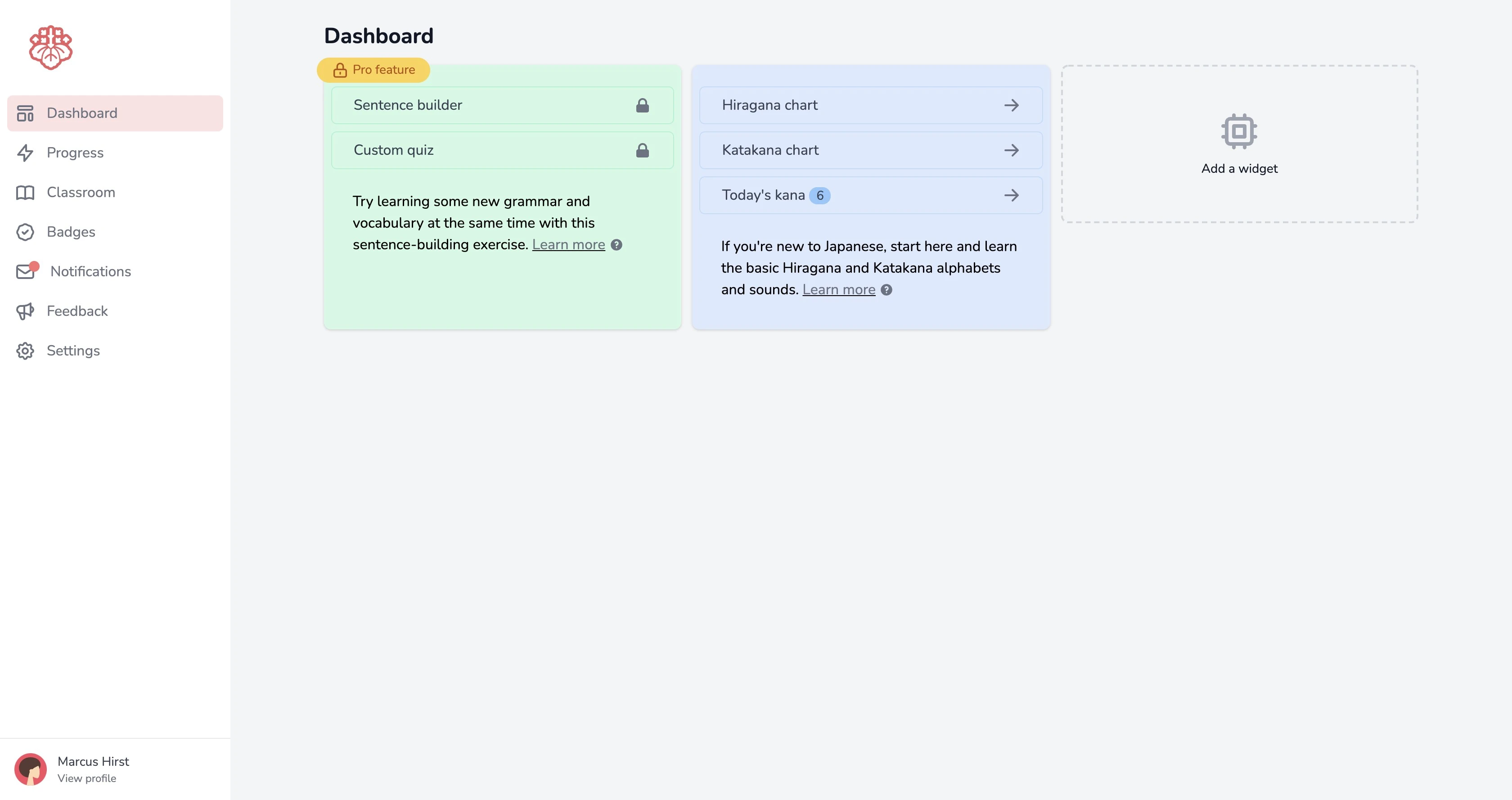
Day 3 ま, や, ら And わ Lines
4 minute read · Sun 5 DecemberDay 3 ま, や, ら And わ Lines
Welcome back to the third lesson in the series! You've really made some great progress to make it this far, just a little further to go, and a few more rules to learn.
あ い う え お
か き く け こ (+'k')
さ し す せ そ (+'s')
た ち つ て と (+'t')
な に ぬ ね の (+'n')
は ひ へ ふ ほ (+'h')
The next sixteen, or four lines are the ま, や, ら and わ lines. The や and わ lines are short and only have three characters in them each. And one of the kana in the わ line is only used for grammatical points. More on that in a bit.
ま (ma) as in 'mama',
み (mi) as in 'mean',
む (mu) as in 'moon',
め (me) as in 'may',
も (mo) as in 'more'
や (ya) as in 'yummy',
ゆ (yu) as in 'you',
よ (yo) as in 'yo-yo'
ら (ra) as in 'rabbit',
り (ri) like 'ring'
る (ru) 'ruby,
れ (re) pronounced as 'rare',
ろ (ro) like 'roll'.
Japanese / r / is more like a cross between English / r / and / l /. It's a 'flap R'. Have a listen to the pronunciation in the Kana chart. る (ru) and ろ (ro) look very similar, pay attention to the end of the stroke curling around on る (ru). You could imagine that る (ru) has a 'ruby' which 'rolled' away on ろ (ro).
わ (wa) as in 'one',
を (wo) as in 'worry' - technically is / wo /, but it's normally pronounced as / o / just like お (o). In actual conversations it's used as an object marker. It's not used in any vocabulary.
ん (n) is pronounced nasalized like French or like 'amber' with your mouth closed. No words in Japanese begin with ん (n), which is the basis for the Japanese word game Shiritori.
And here's today's homework:
- • Watch the video, and match the shape with its sound. You can see the next lines of kana on the chart
- • Follow the stroke order and write it on your own on a piece of paper 10× times or more. Gridded paper can help you get the proportions correct which you can download and print here.
- • Then, write it down again without looking at anything.
- • Come back in 3 days to repeat Task 3. Set a reminder on your calendar while you remember!
- • By the way, it's day 3. It's time to review the first fifteen kana again to refresh your memory!
Was this article helpful?
Want to learn even more? Start your free Pro trial today.
You learn or relearn even faster and become more confident with a small time investment each day.
Start your free trial


